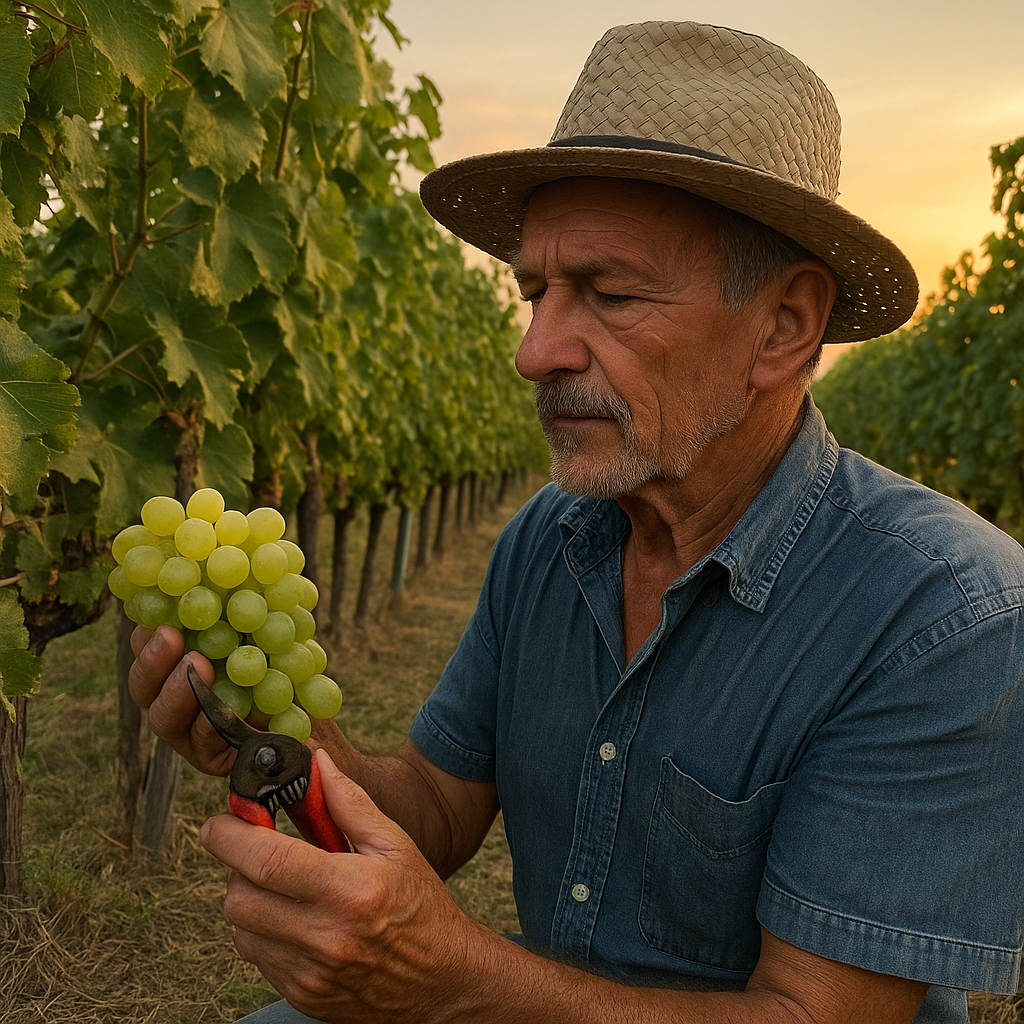
Small winemakers, better wines: How to find real Italian vintner wines directly
Why do many say that small wineries make better wine?
If you search for “why small wineries make better wine” you’ll see the same verdict: craftsmanship beats industry. Family-run estates farm just a few hectares, pick by hand and oversee every step. The result is limited-edition bottlings where grape and terroir—not an assembly line—take center stage. Low yields, strict selection and gentle fermentation replace volume targets.
Micro-wineries also take more risks: native yeasts, barrel experiments, organic farming—everything that adds character. Large cellars often play it safe and uniform, but true wine lovers crave personality in the glass. Ready to taste the difference? Browse our Italian boutique wines and see why “small” often means “superior.”
What quality factors set family-run wineries apart?
The motto at family estates is “quality over quantity.” Hand work—from pruning to harvest—lets the grower respond instantly to each vine’s needs. Lower yields translate into concentrated flavors; every berry delivers more taste, less water.
Small wineries usually focus on a single, well-defined terroir; because expansion isn’t the goal, site character stays pure. Many work sustainably or organically, rely on wild yeast and avoid heavy filtration. Add in generational know-how—barrel, yeast and soil knowledge handed down rather than lab-designed—and you get wines with depth and individuality.
Are small-producer wines really better than mass-market bottles?
“Better” is subjective, but several hard facts favor small cellars. Mega-brands bottle millions of identical wines yearly. To stay uniform they lean on cultured yeast, flavor chips or reverse osmosis to even out vintage swings.
Small estates embrace vintage variation. Natural fermentations and minimal intervention produce nuances that industrial wines lack. Blind tastings regularly show that micro-wines offer deeper aromas, longer finishes and brighter acidity—the traits connoisseurs value most. Yes, a diligent big producer can shine, and a tiny one can fail, but statistically the craft approach wins on passion, control and terroir expression.
How do you discover boutique wines online?
The quickest route is through niche shops with filters like “buy wine direct from the winemaker.” Look for tags such as Micro-Winery, Family Estate or limited production. Good sites feature cellar photos, vineyard size and bottling numbers—clear signs of authenticity.
Wine communities (Vivino, Reddit, Facebook groups) share off-the-radar tips, while newsletters, virtual tastings and Instagram Lives with growers reveal new releases.
Want a shortcut? Our Italian boutique wine section offers hand-picked bottles you’d otherwise have to visit in person—perfect for building your hidden-gem list.
Which wine styles from small Italian producers should you try first?
Crisp mountain whites: Alpine and Apennine micro-estates craft mineral Pinot Bianco or Falanghina with zesty acidity—ideal for seafood and antipasti.
Hand-crafted rosato: Tiny producers in Apulia or Tuscany press delicate rosé in small batches. Think pale salmon color, strawberry notes and herbal lift—your new summer staple.
Characterful southern reds: Growers in Campania or Basilicata coax intense flavors from Aglianico or Primitivo through low yields and long maturation—depth, spice and silky tannins guaranteed.
Explore all three styles in our curated Italian boutique wines selection and taste the breadth of artisanal skill.
How do you taste and evaluate small-estate wines correctly?
Micro-wineries bottle only a few thousand units—details matter. Serve whites and rosés at 10–14 °C, reds at 16–18 °C, in tulip-shaped glasses. Swirl gently, sniff twice: note primary fruit, secondary yeast tones and tertiary aging cues.
The first sip resets your palate; the second reveals balance of acid, fruit, tannin and alcohol. Let the wine breathe 15 minutes—oxygen uncovers layers mass-market bottles rarely have. Record vintage, grape, producer and your rating; over time you’ll map out the terroirs that match your taste.
How much do wines from small producers cost—and why are they worth it?
Craft wines start around €10–15 and reach €25+ for rare plots. They cost more than supermarket labels, but the premium buys hand labor, tiny yields and limited runs. Instead of marketing budgets, growers invest in organic farming, hand harvest and quality barrels—flavor you can taste: deeper fruit, longer finish.
Your purchase also sustains family farms safeguarding their terroir. A few extra euros deliver authenticity, quality and a story that lives on in every glass.
Where can you order authentic small-winery wines from Italy?
Craft wines rarely sit on supermarket shelves, but you can have them shipped straight to your door. Choose shops that spotlight growers, list bottle counts and avoid mass brands.
At Pareto-Shop we curate only Italian boutique wines from micro-producers: biodynamic parcels, limited bottlings and rising stars from Piedmont, Tuscany and Apulia. Each bottle ships direct from the estate, freshness guaranteed.
Browse Italian boutique wines now →
